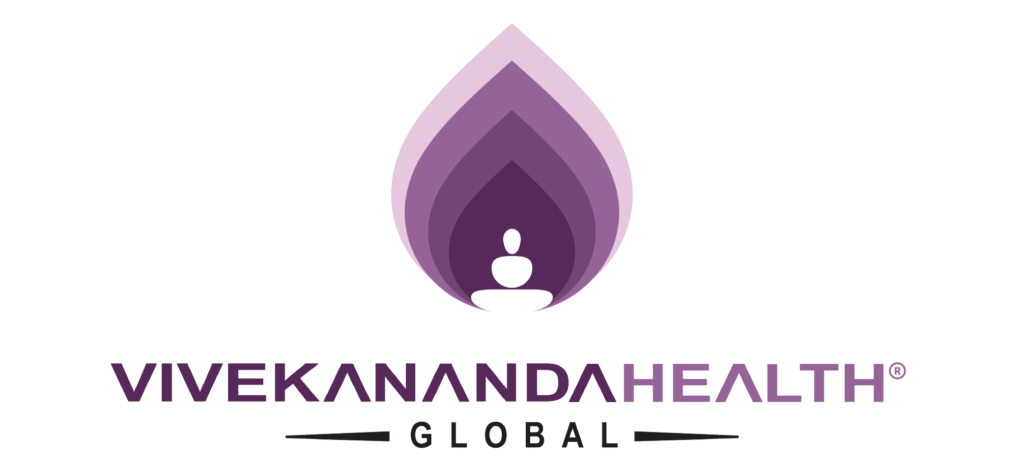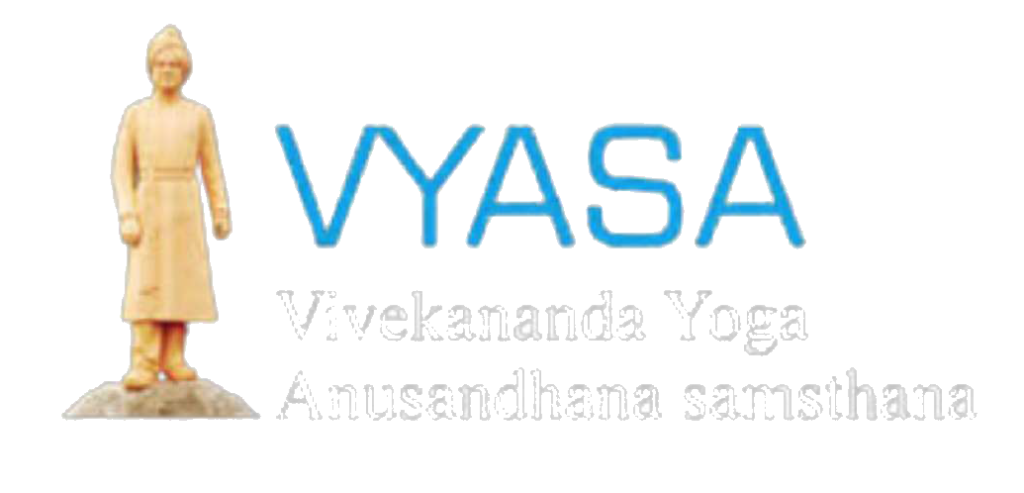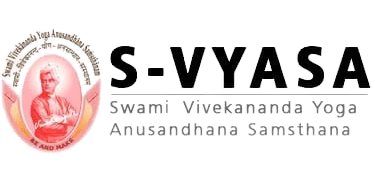Home Remedies For High Blood SugarBy Dr.Vasudha Sharma | May 04, 2022High blood sugar or Increased blood glucose is a condition of diabetes which means the blood glucose is higher in our body than the normal. There may be many causes for increasing blood glucose such as stress, disturbed sleep,...
Articles
Medications for diabetes
Medications for diabetesBy Dr. Suchetha Hedge | April 30, 2022Diabetes is a condition where the sugar level in the blood exceeds the normal limits. Here the body's ability to produce or respond to the hormone insulin is impaired. Among the most prevalent types of diabetes, type 1 diabetes is caused...
Retinal Complications of Diabetes
Retinal complications of Diabetes Diabetes is best defined as a metabolic cum vascular syndrome associated with multiple causative factors characterized by chronic hyperglycaemia with disturbances of carbohydrate, fat and protein metabolism resulting from defects in insulin secretion, insulin action or both, leading to changes in both small blood vessels and...
Hypertension – Prevention and Management
Hypertension - Prevention and Management What is Hypertension? Hypertension, is also called increased Blood pressure than the normal range. Medically it is termed essential hypertension. It is the most common lifestyle disorder in the present era. It is a condition in which the blood pressure is chronically raised. Normal range...
Health Promotion for Well being, Equity and Sustainable Development
Health Promotion for Well being, Equity and Sustainable Development Our world has just undergone an extraordinary health scenario with the Pandemic crisis. The unprecedented health condition was experienced all over the globe irrespective of the fact that some of the nations possessing the most sophisticated technologies in hand. The suffering...
Autism Spectrum Disorder
Autism Spectrum Disorder - Contribution of Parents and their ChallengesA couple is blessed with a baby which is examined by the paediatrician and declared to be normal through APGAR score. The mother also had a healthy, uneventful pregnancy. As the infant grows he becomes a toddler and then when he...
Complication of Diabetes
Complication of Diabetes Diabetes is a high level of blood glucose. When the pancreas is no longer able to make insulin, or when the body cannot utilize the insulin it produces. Complication of diabetes Diabetes can affect many different organ systems in the body and, over time, can lead to...
Prevention and treatment of type 2 diabetes mellitus
Prevention and treatment of type 2 diabetes mellitusType 2 diabetes mellitus which is the most common form of diabetes, is a chronic progressive condition resulting from impaired secretion and action of the hormone insulin. The risk factors for the development of diabetes include a complex interaction between genetic, environmental and...
Diet And Lifestyle Modification during Pregnancy
Diet And Lifestyle Modification during Pregnancy The metabolic system or the way our body transforms food into energy undergoes incredible changes during pregnancy. The growing baby's main source of nutrition is the glucose from the mothers blood. Pregnancy physiology During pregnancy carbohydrate and fat metabolism undergoes changes to accommodate the...
Frozen shoulder – Complication of Diabetes
Frozen shoulder - Complication of Diabetes What is frozen shoulder? Frozen shoulder - physical discomfort in the shoulder with pain, stiffness and restricted movement is named as frozen shoulder. How it occurs? It is one of the main complication which is developed in diabetes patients due to Receptor Activation of...



